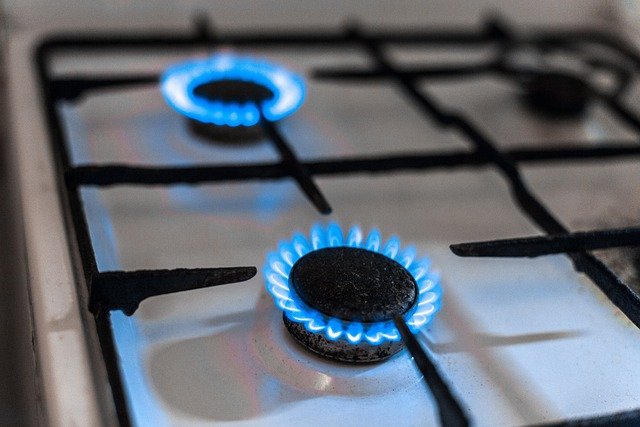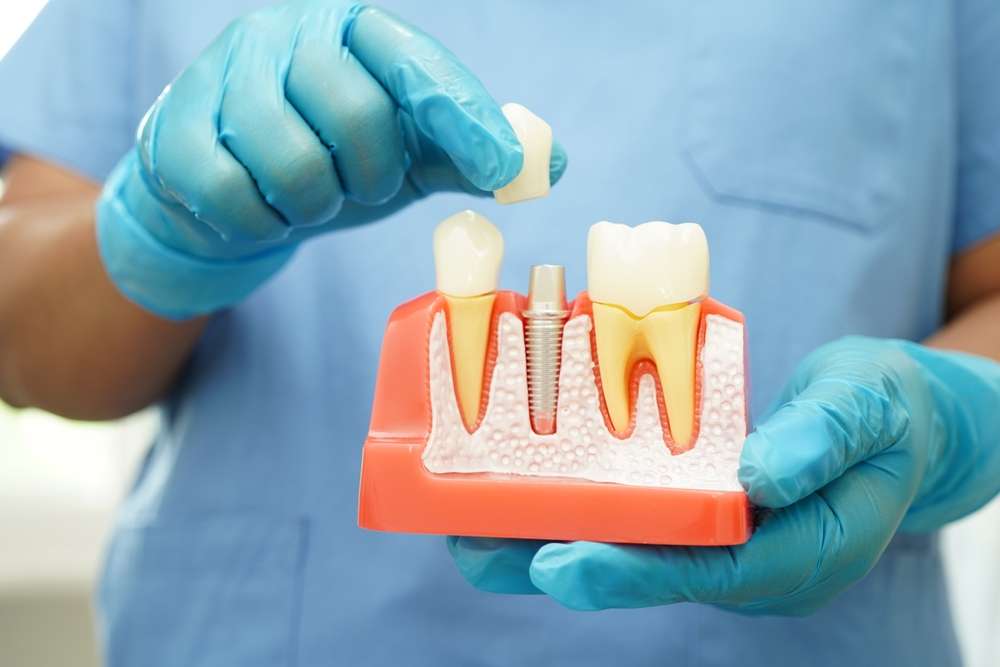Coping with Anxiety: Understanding the Modern Epidemic
Anxiety, a condition familiar to many, has prevailed throughout human history. From the dangers faced by our ancestors in the wild to the modern stressors of high-paced living, anxiety has been a persistent part of life. Today, however, the prevalence and severity of anxiety disorders have escalated to unprecedented levels, a worrying trend that is rightly labeled a modern epidemic. This phenomenon can be attributed to a multitude of factors, including the fast pace of modern life, the rise of technology, increasing societal pressures, and the ongoing global pandemic.

Historical Context: The Evolution of Anxiety
Historically, anxiety served as an essential survival mechanism, alerting humans to danger and promoting behaviors that enhanced survival. The ‘fight or flight’ response, a classic example of anxiety, prepared our ancestors to either confront or flee from threats. However, the nature of threats has drastically changed over time. Today, we grapple with abstract stressors like work deadlines, financial worries, or societal expectations, which our bodies respond to as though they were immediate physical dangers.
The advent of the digital age has also contributed significantly to the rise in anxiety disorders. The constant bombardment of news, updates and the need for instant communication can leave individuals feeling overwhelmed and anxious. Additionally, the use and abuse of social media can lead to constant comparisons, envy, and a sense of inadequacy, further fueling anxiety.
The Impact of Anxiety Disorders
The impact of anxiety disorders is profound and multifaceted. On the individual level, it can lead to physical symptoms like headaches, sleep disturbances, and gastrointestinal issues. It also has psychological impacts, such as excessive worry, irritability, and difficulty concentrating. These symptoms can significantly impair daily functioning and overall quality of life.
On a societal level, the economic cost of anxiety disorders is staggering. It leads to decreased productivity, increased healthcare costs, and a higher burden on social services. Furthermore, the stigma associated with mental health issues often prevents individuals from seeking help, exacerbating the problem.
Current Trends and Reception
The increasing recognition of anxiety disorders as a significant global health issue has led to various responses. Many organizations now prioritize mental health, providing resources and support to their employees. Schools and universities also increasingly recognize the importance of student mental health, offering counseling services and implementing mental health education in their curriculum.
Public awareness campaigns have also played a crucial role in breaking down the stigma associated with anxiety disorders. These campaigns encourage open dialogue about mental health, promote awareness of the signs and symptoms of anxiety, and provide information on how to seek help.
Despite these positive trends, there is still much room for improvement. Access to mental health care remains a significant issue, particularly in low-income and marginalized communities. Additionally, more research is needed to better understand the causes of anxiety disorders and to develop more effective treatments.
Unique Insights into Anxiety
While anxiety disorders are increasingly recognized and treated, there is a unique perspective not often highlighted: anxiety, in moderation, can be beneficial. It can serve as a motivator, pushing individuals to prepare for important events or make necessary changes in their lives. It can also enhance performance, as the heightened alertness associated with anxiety can improve focus and efficiency.
However, when anxiety becomes chronic or overwhelming, it is essential to seek help. A combination of psychotherapy, medication, lifestyle changes, and self-care strategies can effectively manage anxiety disorders.
The Way Forward: Coping with Anxiety
Dealing with anxiety requires a holistic approach. At the individual level, it involves recognizing the signs of anxiety, seeking professional help when needed, and practicing self-care. This can include regular exercise, maintaining a healthy diet, prioritizing sleep, and engaging in relaxation techniques like mindfulness and meditation.
At the societal level, we must continue to break down the stigma associated with mental health, improve access to mental health services, and prioritize mental health research. By understanding the historical context, recognizing the current trends, and promoting a comprehensive approach to treatment, we can effectively cope with the modern epidemic of anxiety. As a society, we must strive for a future where everyone has the tools and resources necessary to manage anxiety and live a healthy, fulfilling life.




